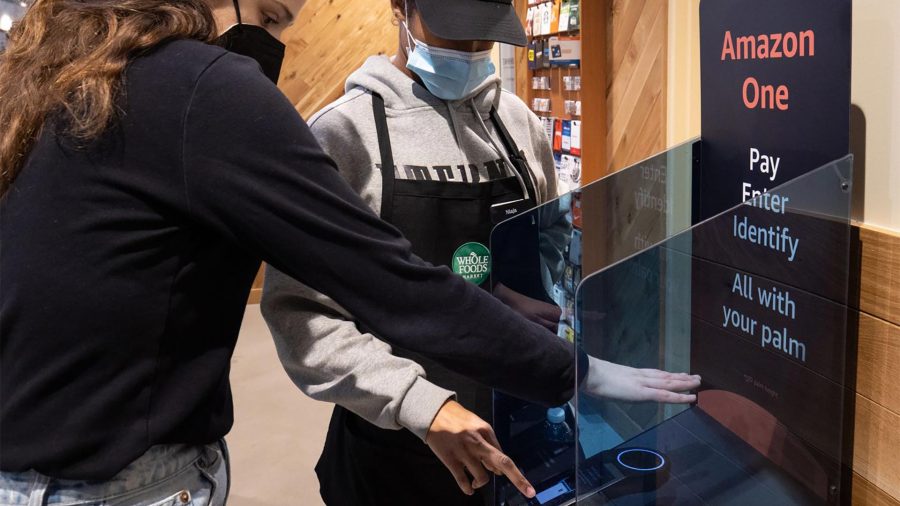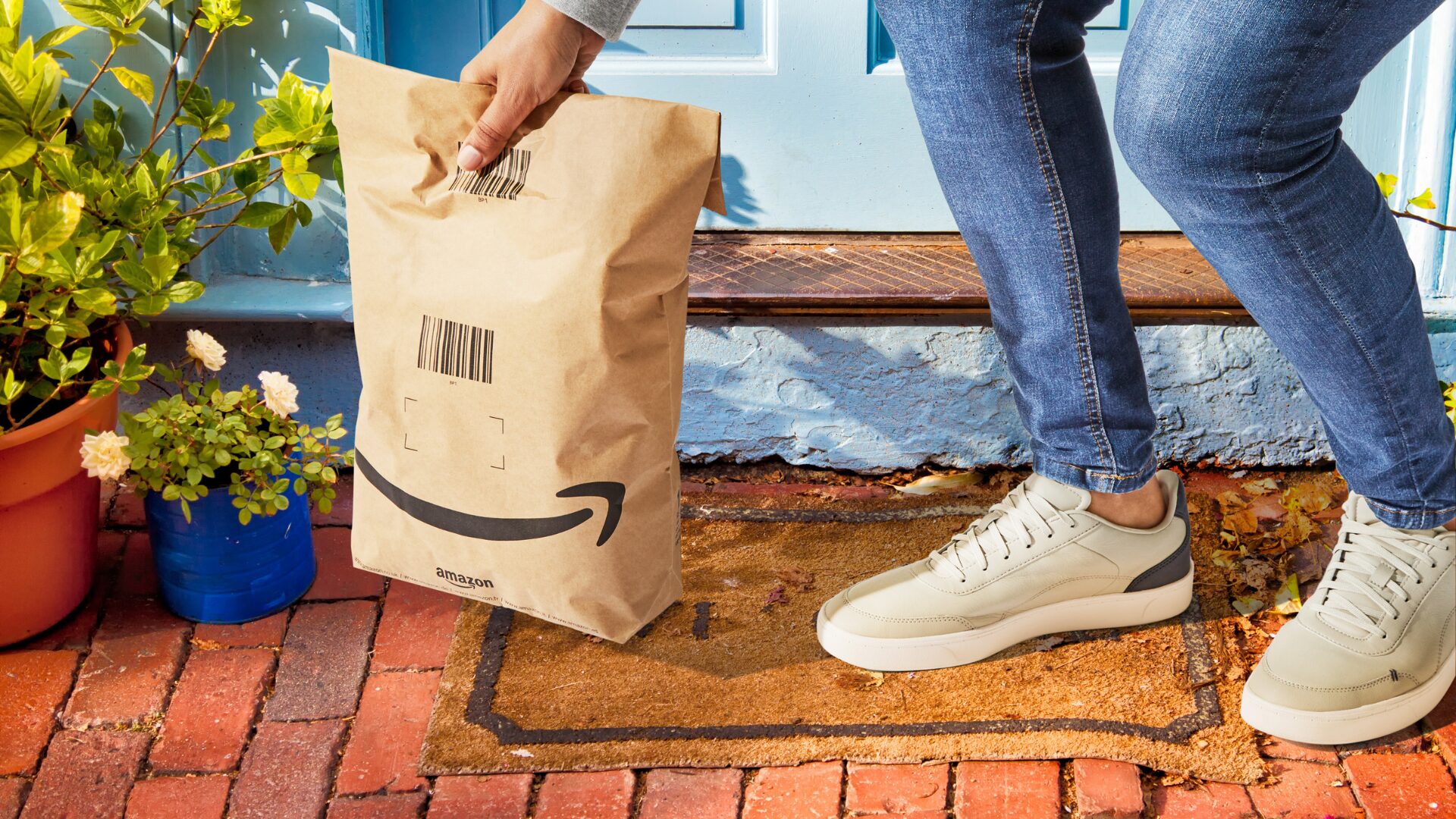Cashierless stores are a promising technology that could redefine how shoppers interact with grocery stores, but the field is still in its relative infancy, with experimentation ongoing.
While solutions like Amazon’s Just Walk Out technology are starting to spread to more areas, companies should remain prepared to watch, learn and experiment if they hope to make the most of the available opportunities, experts say.
“I think we’re still at the beginning when we talk about this scanless technology because there’s not a dominant technology out there,” Michael Jaszczyk, CEO of GK Software, told The Food Institute. “People are trying out different technologies like camera vision, shelf sensors and tap-and-go, where you tap your loyalty card on intelligent shelf labels.
“Then, for example, we work with partners where they use LIDAR in combination with shelf sensors. I think the right technology has not been yet identified, and it’s still pretty expensive,” he added.
One option for scanless technology is taking it outside the store altogether, thus removing friction from the trip. Some companies are experimenting by putting tiny, cashierless shops in convenient locations that wouldn’t fit a full grocery or convenience store. However, that approach comes with its own challenges, particularly when it comes to logistics.
“We have been talking to retailers and they were thinking about creating containers and putting them in a parking lot, close to apartment complexes and places like that, but that is actually slowing down the adoption of the technology because they have to solve a lot of problems,” said Jaszczyk. “Replenishment is one thing. They don’t have any logistics in place. If they put something in the parking lot of an apartment complex they need to figure out how to get it there, and then replenish that store.”
Another challenge that grocers need to consider is the expense of equipment. Retrofitting tens of thousands of square feet with LIDAR, cameras or other tech can be expensive, and that’s before the difficulty of reimagining security to manage the new customer flow.
However, grocers don’t need to go all the way all at once. Modern stores already have dedicated picking areas for order pickup and staging deliveries, and self-checkout lanes have been common for the better part of a decade.
Retailers can take a similar approach with scanless technology, by creating dedicated sections specifically for shoppers looking to grab some staples or impulse items and get out quickly.
“I think what we’ll see is the adoption in larger stores where a certain area of the store is reserved and they have a subset of their items in that in that frictionless store, which leads to a reduction in staff because they need half the people on the clock for the busy hours,” said Jaszczyk.
“If they put the items which are selling the fastest — milk, butter and all that stuff — in that little store, it’s huge momentum for them,” he added.












